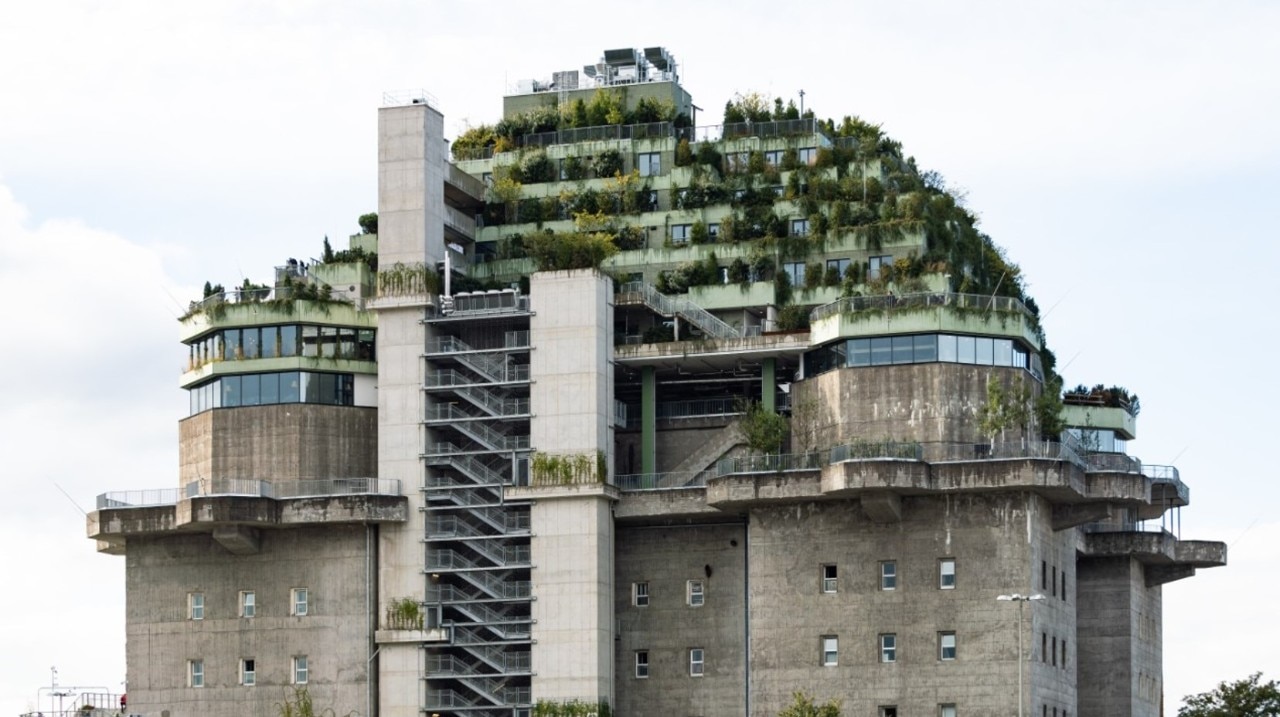The bunker is the most widespread type of military architecture since the two World Wars and the Cold War. An architecture designed to protect and attack which, among its many variants, includes the most typical setup: a small reinforced concrete construction with very few openings, compactly shaped to withstand the strikes and blunted to blend into the landscape, often invisible from the outside but capable of intercepting a wide visual range from the inside through selected views.
Paul Virilio (P. Virilio, “Bunker archéologie”, Paris 1975) was one of the first to acknowledge the emotional power of these works of wartime engineering, reinterpreting, in the “concrete simulacra erected in front of the empty sea horizon” he encountered while walking along the Breton coast, certain ancestral reminiscences (from Egyptian mastabas, to Etruscan tombs, to Aztec constructions), as well as the roots of Modern Architecture, from Existenzminimum, to Le Corbusier, to Brutalism.
Even today, many of these constructions still dot coastlines and ridges, countryside and cities all over the world: once dismissed as relics of a past to be forgotten, over the years the awareness of their testimonial value has helped to confirm them as heritage to be safeguarded.
Domus has selected a handful of European bunkers, reborn thanks to renovation projects that have succeeded in injecting new vital energy into abandoned buildings without distorting their figurative and material identity: from bunkers transformed into tourist spaces (Bunker 599), accommodation facilities (Grüner St. Pauli), cultural and exhibition venues (Sammlung Boros, Tirpitz Museum, Digital Shelter), to those reinterpreted as dwellings (Bunker Pavilion, Bunker 319, The Transmitter Bunker). In the conviction – in the latter cases – that the difference between the minimal and introverted spaces of a bunker and the primary, safe and essential shelter that constitutes the housing archetype is not so dramatic.

"Less, but better", the "necessary" project at Agorà Design
The festival dedicated to conscious design returns to Salento: conferences, events, workshops and a challenge for the designers of today and tomorrow.



















